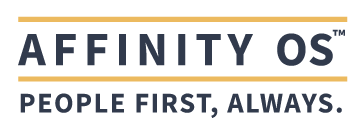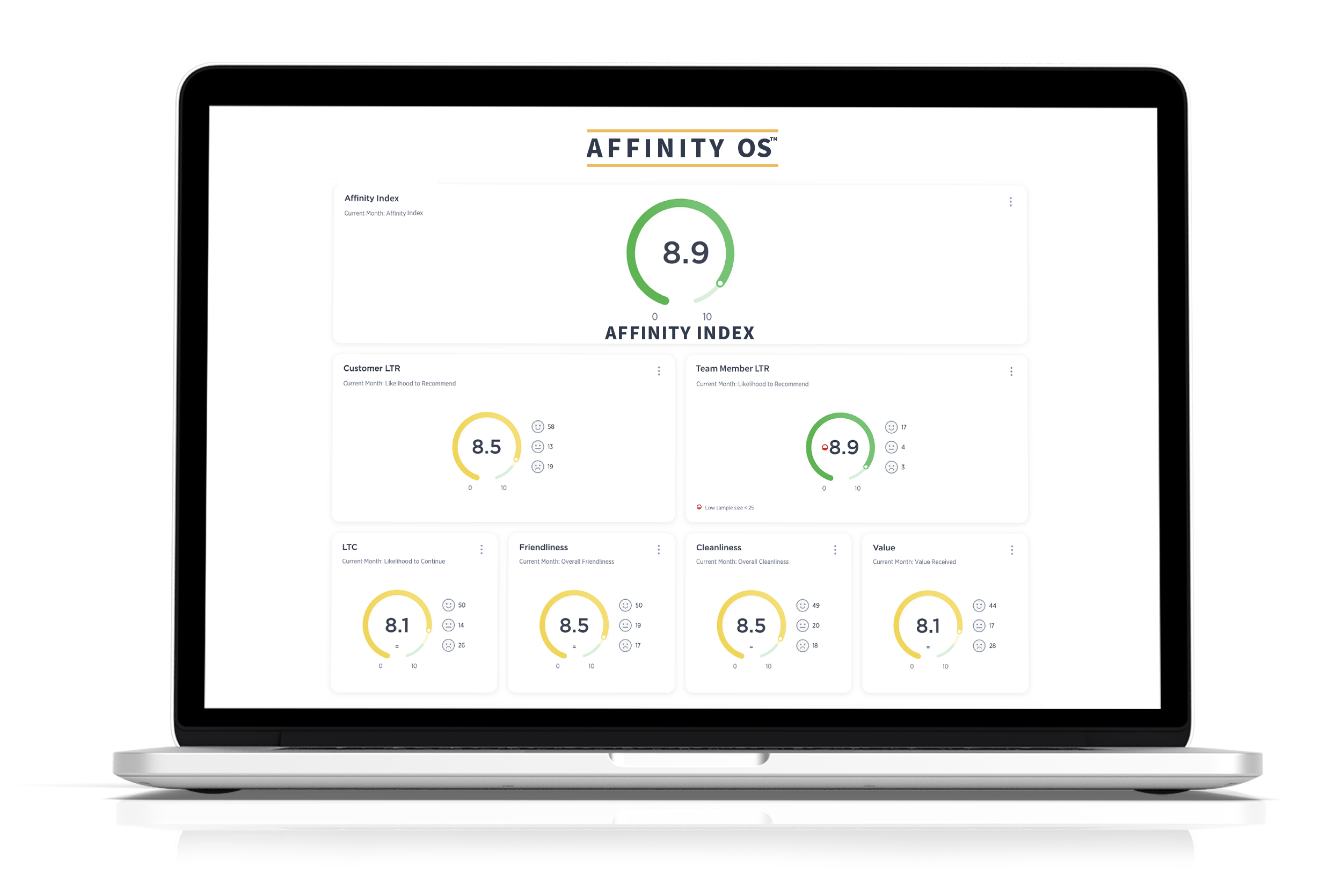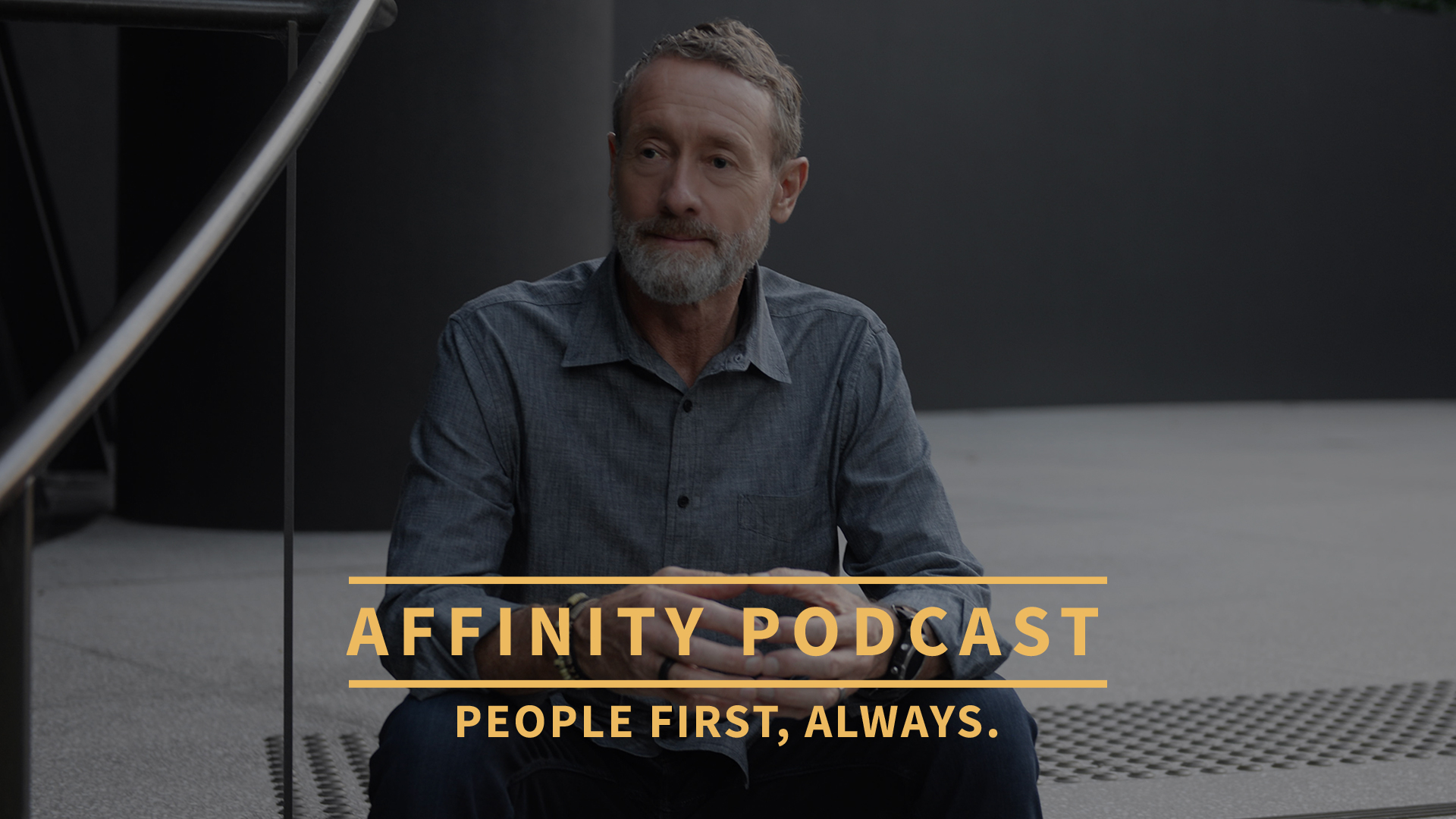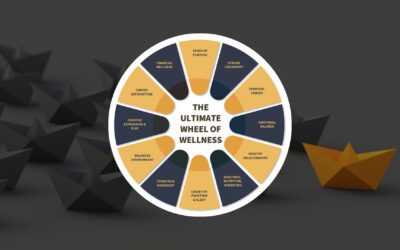Who Wins When BI (Business Intelligence) meets AI

Grant Ian Gamble is a best-selling mindful leadership author and speaker. He has over 30 years of experience in leading teams to create innovative customer experiences, building engaged workforces, and developing leaders who prioritize mindfulness in their approach.
The business world is abuzz with all things AI (Artificial Intelligence). But, what does it mean for jobs? How can it be leveraged? What should we be wary of when implementing AI? How does AI relate to what we do? And more importantly how do we apply AI to what we do?
All these and more questions abound. Having been in the AI space for over three years now, I have grown an appreciation of how powerful AI can be, but I have also come to recognize the importance of integrating BI (Business Intelligence) with AI to leverage insights AI can bring to light.
Today, BI and AI are becoming ubiquitous in the business world, but they serve different purposes AND most importantly work best when used together. Here’s a breakdown of their functionality:
BI: Making Sense of Data
- Focus: Analyzes historical data to identify trends, patterns, and performance metrics.
- Outputs: Provides reports, dashboards, and visualizations to help you understand their past performance and make informed decisions.
- Strengths: Easy to understand, efficient data organization, good for identifying correlations.
AI: Unveiling Hidden Insights
- Focus: Uses algorithms to learn from data and make predictions about the future, identify anomalies, and automate tasks.
- Outputs: Can generate forecasts, recommend actions, and even automate business processes based on data analysis.
- Strengths: Powerful pattern recognition, ability to handle complex data sets, ability to bring sentiment and ‘texture’ into focus, potential for automation.
The Synergy of BI and AI
While they are distinct, BI and AI complement each other perfectly:
- BI provides the foundation: Historical data analyzed by BI tools provides the training ground for AI algorithms.
- AI unlocks deeper insights: AI can analyze vast amounts of data and identify hidden patterns and sentiment that BI might miss.
- AI automates tasks: AI can take over repetitive tasks like data analysis and reporting, freeing up human resources for more strategic thinking.
Here are some examples of how BI and AI work together:
- Sales Forecasting: BI data on past sales trends can be combined with AI to predict future sales figures and optimize resource management and marketing focus.
- Customer Churn Prediction: AI can analyze customer behavior data to identify customers at risk of churning and suggest strategies to retain them.
- Referral Generation: AI can analyze customer feedback to detect sentiment and likelihood to refer and automate referral offers to those customers.
AI Meets BI in the Real World
At AFFINITY OS we use AI to do all the heavy lifting in analyzing customer feedback and team engagement in real time. We use BI to bring this feedback into focus. We use a combination of AI and BI to recommend and prioritize actions in a paint by numbers approach that drives retention, referrals and team engagement. The AI engine also illuminates trends that will impact financial performance and these lead indicators allow you to proactively address these opportunities or threats.
The Future of BI and AI
The integration of BI and AI is an ongoing trend. As AI technology continues to develop, we can expect even more powerful tools that combine data analysis, forecasting, and automation to give businesses a significant competitive edge.
If you want to know more about AI and BI in action feel free to reach out to me at [email protected]

 Interested in learning more about how to transform your organization’s approach to team member engagement and customer experience? Reach out to our team at AFFINITY OS, specialists in AI-driven customer experience and team member engagement optimization.
Interested in learning more about how to transform your organization’s approach to team member engagement and customer experience? Reach out to our team at AFFINITY OS, specialists in AI-driven customer experience and team member engagement optimization.

Dive into the heart of exceptional leadership and customer-centric success with AOS Academy. Our certification courses, guided by the “PEOPLE FIRST, ALWAYS” mantra, are designed to support professionals as mindful, effective leaders and service providers.
By integrating key insights from Grant Ian Gamble’s best-selling mindful leadership book, “The Affinity Principle”, we focus on nurturing people-centric cultures of empathy, effective communication, and customer service excellence.
The AOS Academy is more than just training – it’s a journey towards personal and professional transformation, ensuring every interaction and decision is rooted in understanding and valuing people first.
Put PEOPLE FIRST, ALWAYS and watch your business flourish.
Dive deep into the latest trends in customer experience and team engagement, mindful leadership and management. Discover practical tools and strategies that you can use to build a people-centric culture, the foundation for sustainable long-term business growth and success.
Led by mindful leadership expert, Grant Ian Gamble, a best-selling author and true visionary with over 30 years of experience in leading teams to create innovative customer experiences, building engaged, inspired and fulfilled workforces, and developing leaders who prioritize genuine connection in their approach.
The guiding principle behind all of Grant’s work is PEOPLE FIRST, ALWAYS.

More Articles:
How to Improve Your Quality of Life by 33% Today
I touched on the importance of sleep in my article, “Three Foundations & The First Step Toward Mindful Leadership.” As I explained in that piece, quality sleep is one of the central foundation stones of optimal physical and emotional health. And yet it is underrated by some, and elusive for many.
As with many things, getting great sleep can be a process.
The first step in this process is truly understanding, and appreciating, the importance of sleep to our health and emotional wellbeing.
How to Achieve the Ultimate State of Wellness
That title should raise some red flags for you immediately.
I mean, who can predict what it would take to achieve the ultimate state of wellness for any individual?
There are commonly held beliefs, a great deal of science and a plethora of information available on the achievement of aspects of wellness, but “The Ultimate State of Wellness”? That’s a very individual and ethereal thing.
Simple Management Practice to Elevate Your Leadership
Studies show that positive feedback needs to be delivered at a ration of 6:1 in order to counterbalance constructive feedback.
While one does not equal one in the feedback stakes, you can’t stay on course without giving constructive feedback.
So how do you deliver all these positive pieces of encouragement when you’re deluged by emails and all the trappings of leadership that weigh you down on a daily basis?








